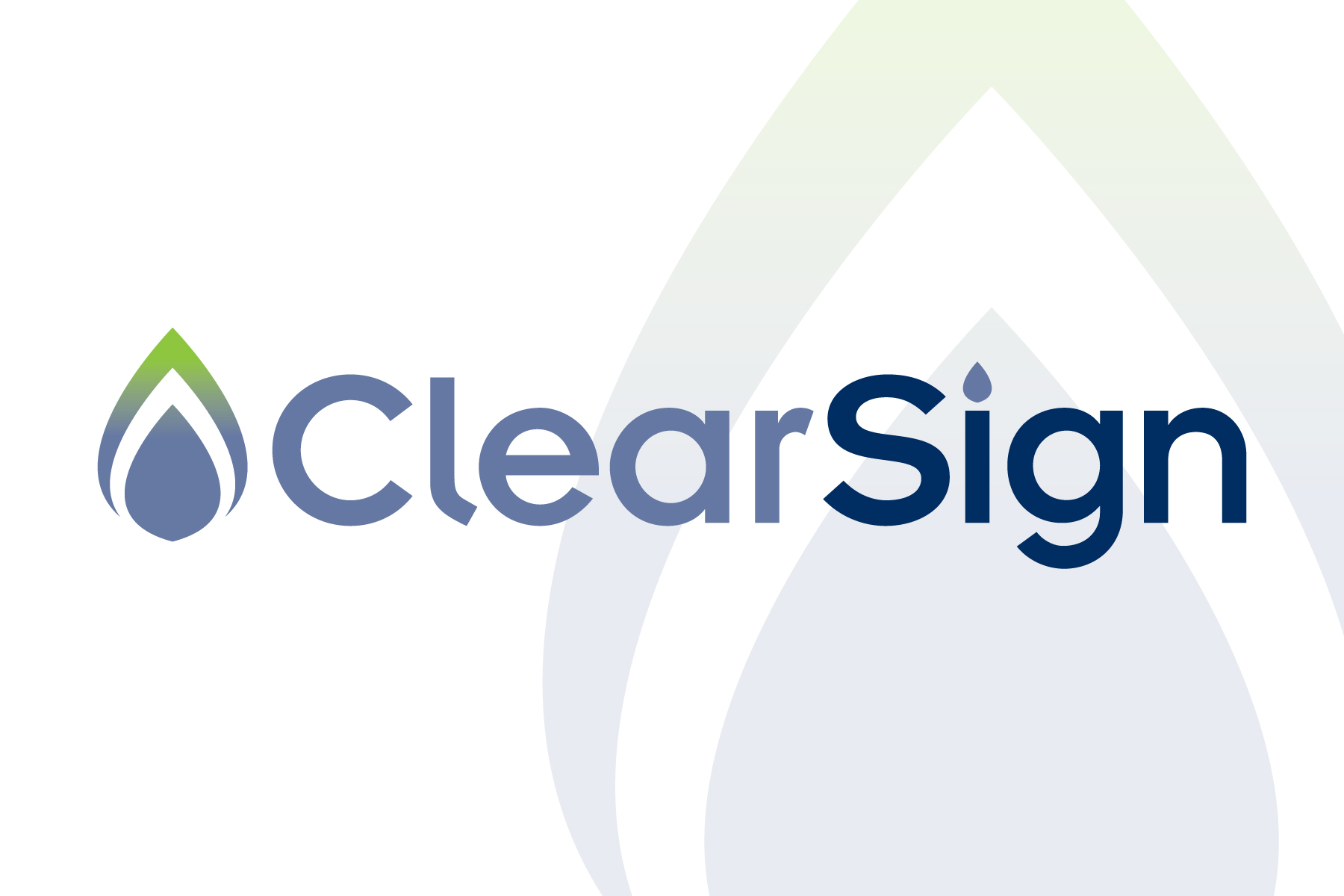Nicholas Bair draws a direct line from his childhood on an Oregon dairy farm to the coalition of specialized companies that, as the CEO of Clean Energy Holdings, he is now assembling in pursuit of key-player status in the green hydrogen industry.
“We created our own milk from our own hay,” he says, of his family’s organic dairy farm in Klamath Falls, near the California border. He adds, using an expression he often repeats: “Everything was inside the battery limits.”
This phrase – “inside the battery limits” – represents what Bair, who is forty-one and a chemist by trade, is trying to achieve with The Alliance: a broad, self-contained battery of partners with specialized competencies working in coordination on the challenges of developing and operating groundbreaking green hydrogen projects.
“We’re doing everything from soup to nuts,” he says.
CEH and The Alliance are planning to build roughly $1bn worth of projects per year over the next ten years, Bair says. As a launching point, the parties are advancing a green hydrogen facility – called Clear Fork – near Sylvester, Texas that would churn out 30,000 kg per day in phase 1 starting in 4Q24. The hydrogen would be produced using electrolyzers powered by a 325 MW solar farm, while ancillary facilities at the site would be powered by a gas turbine capable of blending up to 70% hydrogen.
As members of The Alliance, Equix Inc. is acting as the EPC for the solar and gas turbine portion of the project, while Chart Industries is providing tankers, trailers, and liquefaction to transport hydrogen from the site in northwest Texas. Meanwhile, Hartford Steam Boiler – an original contributor to standards written by the American Society of Mechanical Engineers – will provide quality assurance and control; Coast 2 Coast Logistics is responsible for trucking; and The Eastman Group provides permitting and facilities management.
‘First-of-kind’
Although a renewable project, the green hydrogen concept is similar to most refinery EPC contracts, since many of them are first-of-kind with significant liquidated damages, Bair says. Additionally, the green hydrogen projects are “married to renewables, and you need the cryogenics and the distribution in between.”
Before starting Clean Energy Holdings, Bair was the founder and CEO of Bair Energy, a program and construction manager for infrastructure and energy projects – a service that Bair Energy is providing as a member of the Alliance. A period of low natural gas prices made Bair Energy’s specialty – geothermal power – less competitive, and Bair, seeking to develop his own projects instead of managing projects for others, sought to branch out into new types of energies.
Bair Energy itself consists of professionals that have been cherry-picked from the industry, Bair says. Candice McGuire, a veteran of Shell and Technip, is Bair’s chairman; chief operations officer John Strawn recently joined from Technip; and wind-industry veteran Peder Hansen has joined as VP and chief engineering manager.
“Our experience on the team is taking first-of-kind, developing it, and getting it to market,” he says. With The Alliance, “We went out and found the best at what they do, put them on lump-sum order, and brought them to the table early to figure out how to make their product talk to the other person’s product, so we can have a guarantee,” he says.
What distinguishes Clean Energy Holdings from other green hydrogen developers is, in fact, the coalition it is building, says Elizabeth Sluder, a partner at Norton Rose Fulbright who is CEH’s legal advisor.
“It’s intended to be one-stop shopping in a vertically integrated structure such that as and when needed for future CEH projects or third party projects that are identified, you have all the various players you need to take it from point A to point B,” she adds.
Because the parties are on standby with a common goal, CEH and its partners can provide lump-sum turnkey services, with some element of bulk pricing potentially factored in, because savings are generated through not having to issue RFPs for partners in future projects.
“The savings in time and money is, I would expect, very valuable,” Sluder says. “And when you apply those principles to long-term strategy and equity investment-type opportunities, the lower capex spend should theoretically benefit the project at large.”
Keeping the pieces moving
Bair runs CEH alongside Co-Founder and President Cornelius Fitzgerald. The two met as children – Fitzgerald was raised on a nearby cattle farm in southern Oregon – and enjoy the uncommon chemistry of childhood friends.
In something of classic pairing, “I’m much more the trumpet, paving the path,” Bair says, while Fitzgerald “usually keeps the pieces moving.”
“Sometimes Cornelius has had the best cup of coffee and takes the lead in meetings. And sometimes I do,” he says. “It’s that ability to rely on each other that set the basis of design in my mind for what a good partner looks like.”
Fitzgerald says they approach the challenge of breaking new ground in green hydrogen with “quiet confidence and humility.” By having a big picture vision as well as “credible and tangible fundamentals for the project” – like land, resource, and water control – the project moved from an idea to a reality, he adds.
“And really we’ve been driving at how to get the best experience and expertise at the table as early as possible,” Fitzgerald says.
Equix, Inc, a civil engineering firm, joined the grouping to build the solar and gas generation portion of the facility, representing the company’s first-ever foray into a hydrogen project, says Tim LeVrier, a vice president of business development at the firm.
“There are many challenges integrating all these types of power sources and energy into creating hydrogen,” Levrier says. “From an electrical engineering standpoint it is extremely challenging to coordinate power switching from one source to another. Another consideration we are having to work through is what to do in regards to producing hydrogen at night. Will there be a battery portion to the project or do we just not produce hydrogen when it is dark? These are all things we are considering and will have to find creative solutions for.”
‘Pathological believer’
CEH recently added Chart Industries to The Alliance, which in addition to furnishing liquefaction, tanks and trailers to move hydrogen, will provide fin fans for cooling and a reverse osmosis system for cleaning water. “We don’t want to give away all our secrets,” Bair says, “but it’s a very efficient process.”
The unique perspective and expertise of partners in The Alliance makes for a fulsome ecosystem around any CEH project, says Jill Evanko, CEO of Chart Industries. With respect to CEH’s projects, Evanko says they are “very targeted, which, with focus, will continue to help evolve the hydrogen economy.”
“Chart’s hydrogen liquefaction process as well as associated hydrogen equipment including storage tanks and trailers” – which the company has been manufacturing for over 57 years – “will be sole-source provided into the project. This will allow for efficient engineering and manufacturing to the CEH Clear Fork project schedule,” she says.
In any molecule value chain, hydrogen included, Chart serves customers that are the producers of the molecule, those who store and transport it as well as those who are the end users, Evanko adds. “This allows us to connect those who are selling the molecule with those who need it.”
Looking ahead, CEH is preparing to meet with investors in the lead-up to an April, 2023 final investment decision deadline for the Texas project. And it is being advised by RockeTruck for another RFP seeking fuel cell vehicles to transport hydrogen from the site as the trucks become available – a design that will likely include hydrogen fueling stations at the production facility as well as at the Port of Corpus Christi, Bair says.
CEH also has plans to develop its own geothermal plants and explore the role that nuclear energy can play in green hydrogen. Bair Energy recently hired Eric Young as its VP of engineering and technology from NuScale, where he worked on the research team that received approvals from the U.S. Nuclear Regulatory Commission for a small modular nuclear reactor.
“We’re a technology-driven owner-operator,” Bair says. “We’re all technologists, which means we’re pathological believers in technology. We’re all looking for transformational energy.”







